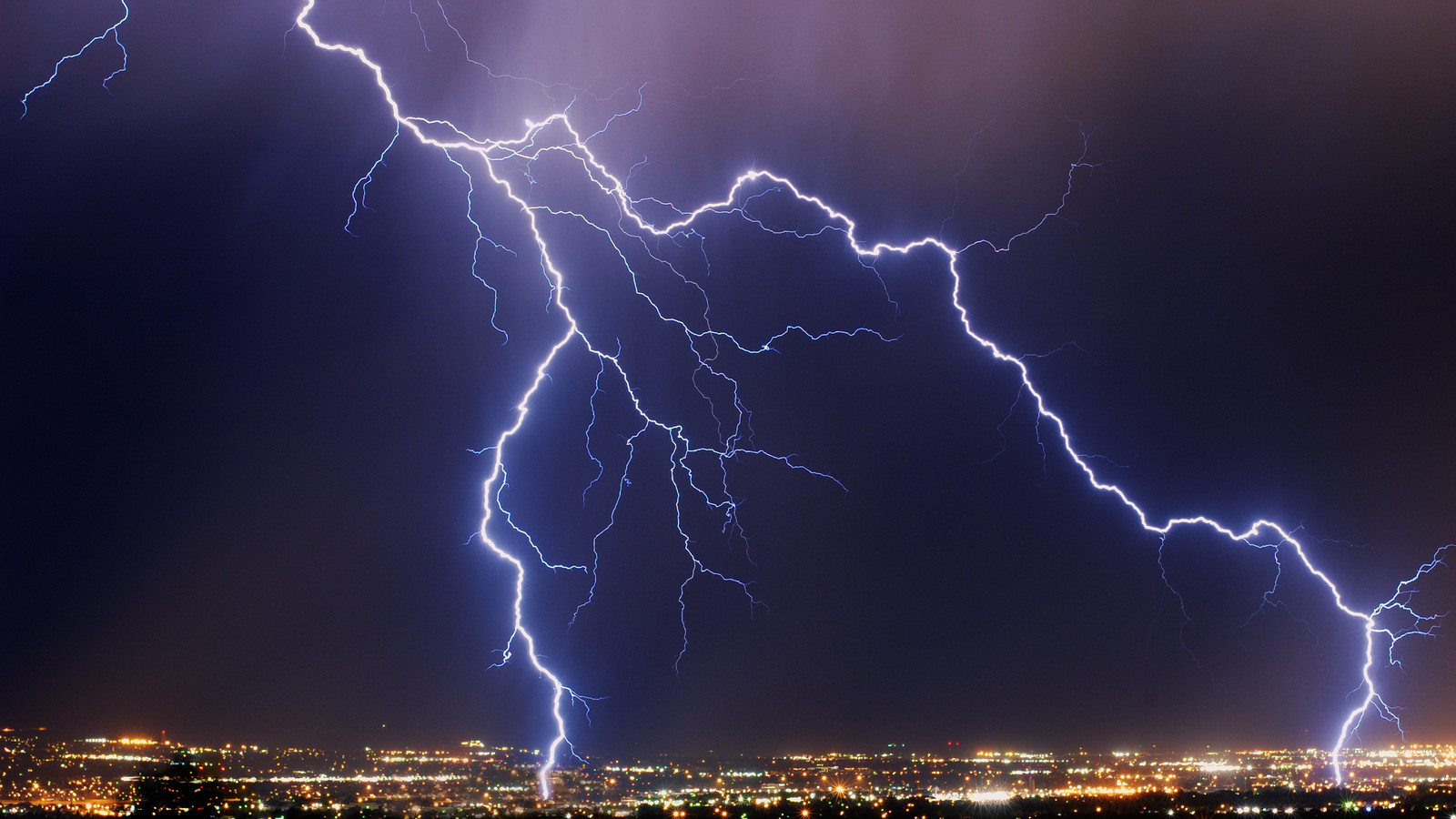Don’t be complacent because wherever there’s thunder, there will be lightning. Lightning can travel through pipes, so it’s best to “avoid using water during a thunderstorm”. “Don’t take a shower, use the bathtub, wash dishes, or wash your hands” – the US Centers for Disease Control and Prevention (CDC) advises.
The agency also adds: “The risk of lightning striking through a water pipe system may be lower for plastic pipes compared to metal pipes. However, it’s best to avoid any contact with the water pipe system and flowing water during a storm to reduce the risk of being struck by lightning.”

Lightning can travel through water pipes, according to the US Centers for Disease Control and Prevention.
In addition, when there’s thunder and lightning, you should stay away from windows and balconies, and not go near doors or entryways, while also “not lying on concrete floors or leaning against concrete walls”.
“Do not use anything connected to an electrical outlet, such as a computer or electronic device” – the CDC states. “Keep away from landline telephones. Mobile phones and cordless phones are safe if they are not connected to the outlet via a charger.”
Lightning can cause death in various ways. The CDC states that being struck directly by lightning usually results in the highest fatality rate, while touching objects struck by lightning can cause injuries such as brain, muscle, eye, and skin injuries.
Electric currents can also travel through the ground, into people, objects, or even reverse from objects near the ground.
You can also estimate how close a lightning strike is to you by counting the number of seconds between the flash and the sound of thunder, then dividing it by 5. Every 5 seconds means the lightning is 1 mile (1.6km) away from you, 15 seconds is 3 miles away, and if it occurs simultaneously with the sound of thunder, it means it is very close, according to the CDC.
According to the agency, most deaths and injuries occur when people are outdoors, especially during the summer months, in the afternoon and evening. In the US, about 180 people are injured by lightning strikes each year, and 10% of the people struck by lightning are fatally injured each year.
If you are forced to be outside during a thunderstorm, do not lie on the ground. Lightning creates currents along the ground that can be fatal at distances greater than 30m. The CDC’s advice is to seek shelter in a safe location. When there is thunder and lightning, there is no safe place outdoors.
“Avoid standing in places at high risk of being struck by lightning, such as near or under tall trees. If there is no safe shelter within sight, crouch down in a position similar to a ball: bring your feet together, squat low, bow your head, and cover your ears. But remember, this is a last resort. Find a safe shelter beforehand.”
Source: Vietnamnet


































